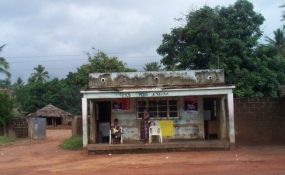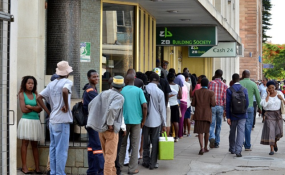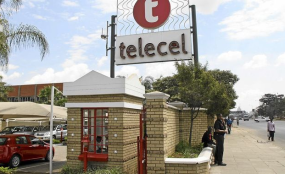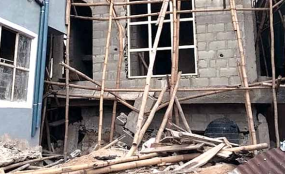The South African National Civic Organisation (Sanco) on Monday called on the South African Human Rights Commission (SAHRC) to investigate racist comments allegedly posted by a Sandton Facebook user on a picture of a packed Durban beachfront over the weekend.
Spokesperson Jabu Mahlangu also called for criminal charges to be laid against Ben Sasonof.
“We wish to condemn in the strongest terms possible the alleged provocative insults which seek to rekindle racial hatred and polarise racial relations in our society,” he said.
Mahlangu said unless the resurgence of racism is dealt with harshly and perpetrators faced the wrath of the law, it will sow seeds of conflict that has the potential to undermine reconciliation, unity, nation-building and social cohesion.
“Vitriolic and barbaric comments of this nature have no place in the united, non-racial, non-sexist, equal, prosperous and democratic society we are striving to build,” he said.
The South African Jewish Board of Deputies joined the chorus of condemnation.
‘All racism unacceptable’
“It is with a sense of déjà vu that the SA Jewish Board of Deputies (SAJBD) condemns yet another South African, Ben Sasonof, for similar offensive comments he made concerning the Durban beachfront this weekend,” comparing his comments to those of Penny Sparrow.
“All forms of racism are unacceptable in a South Africa where we strive daily to build a culture based on human rights and principles of dignity and freedom, for all of who live in it.
“The SAJBD calls on all South Africans to stand up and fight against discrimination wherever it is found. We have just celebrated Reconciliation Day, and now more than ever, we should be dedicated to building a non-racist country.”
At the weekend Sasonof posted: “Eh eh Wena…must have smelt like the inside of Zuma’s asshole,” with the apparent reference to President Jacob Zuma.
His comments raised the ire of other Facebook users who accused Sasonof of being a racist.
In response to those condemning his comments, he wrote: “So fuck you and your bf. Go suck on Zuma’s dirty, tyrant asshole if you love it so much.”
Sasonof also lashed out at one of his detractors directly, calling him a monkey.
“Mohammed Jameel Abdulla you’re a fuckin little idiot! Every person you tagged there is a friend of mine from school! I dated a black girl you fuckin idiot fuck! Stupid Monkey bastard you!”
Source: News24










